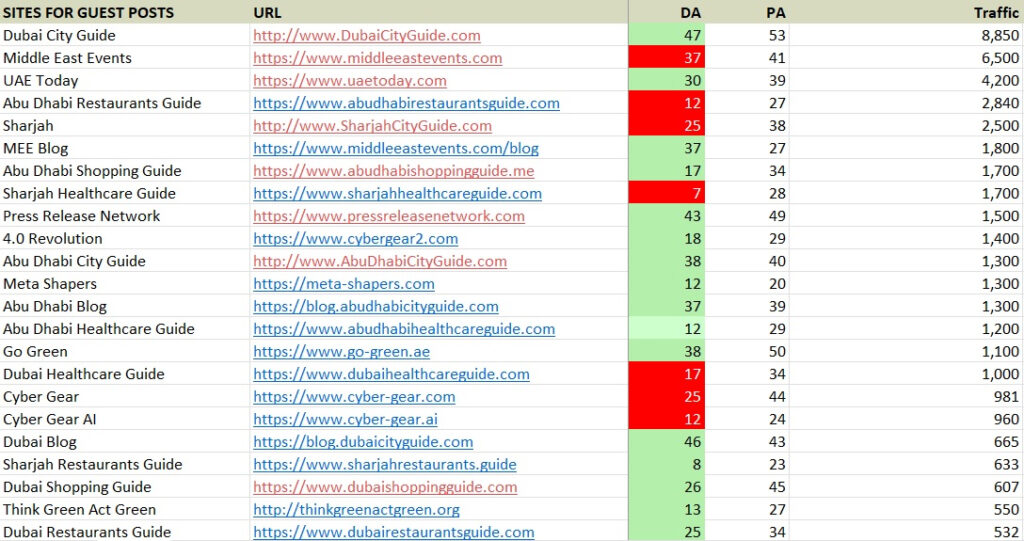How To Accept Crypto Payments On Your Website
With the rise of cryptocurrencies, accepting digital currencies like Bitcoin, Ethereum, and others on your website has become an increasingly appealing option for many businesses. Cryptocurrency offers unique advantages such as low transaction fees, decentralized networks, and greater privacy. If you are thinking about adding this feature to your website, it’s important to understand the necessary steps, tools, and best practices to ensure a smooth implementation.
In this article, we’ll guide you through the process of accepting cryptocurrency payments on your website and the key factors you should consider.
Why Should You Accept Crypto Payments?
Before diving into the technicalities, it’s helpful to understand the reasons why accepting cryptocurrency payments might be beneficial for your business.
- Global Reach: Cryptocurrencies are decentralized and not tied to any specific country or currency, allowing you to accept payments from customers worldwide without dealing with exchange rates or international transaction fees.
- Lower Transaction Costs: Traditional payment processors like PayPal or credit cards charge substantial fees for transactions, often between 2% and 5%. Cryptocurrency payments, on the other hand, typically have much lower
fees, sometimes less than 1%. - Increased Privacy and Security: Cryptocurrencies operate on blockchain technology, which provides secure and anonymous transactions. This can give your customers greater confidence, especially if they’re concerned about
privacy. - Faster Settlements: Payments made with crypto are often processed faster than traditional banking methods, especially for international transactions that can otherwise take several days.
- Attracting a New Audience: As cryptocurrency continues to grow in popularity, more and more tech-savvy individuals are seeking out businesses that accept crypto payments. By offering this option, you can appeal to a
broader audience.
Steps to Accepting Crypto Payments
Here’s a detailed guide on how to start accepting cryptocurrency payments on your website: - Choose a Cryptocurrency Payment Gateway
The first and most important step is to decide how you want to accept cryptocurrency. The easiest way for most businesses is to use a third-party payment processor that specializes in crypto transactions. Some popular options include:
Coinbase Commerce: A user-friendly platform that allows businesses to accept Bitcoin, Ethereum, and other cryptocurrencies. You can also convert crypto payments into your local currency if desired.
BitPay: A well-established service that supports multiple cryptocurrencies and offers features like automatic conversions to fiat currencies, reducing your exposure to crypto price volatility.
CoinGate: Another popular gateway that allows for a wide range of crypto payment options and is known for its ease of integration with various e- commerce platforms.
NOWPayments: Offers support for over 100 cryptocurrencies and provides a simple API for integration into websites.
These services work similarly to traditional payment processors like Stripe or PayPal. Once integrated into your website, they provide customers with an option to pay in cryptocurrency during checkout. The funds are typically transferred to your wallet or converted into fiat currency.
- Set Up a Cryptocurrency Wallet
If you decide to accept and store cryptocurrency directly rather than converting it into fiat, you’ll need a wallet. There are two main types of wallets:
Hot Wallets: These are software-based wallets connected to the internet.
They offer convenience and are suitable for day-to-day transactions. However, they are less secure than cold wallets due to the risk of hacking.
Cold Wallets: These are physical devices that store cryptocurrency offline.
They are much more secure than hot wallets, but less convenient for frequent transactions.
If you’re dealing with high-value transactions, using a combination of hot and cold wallets is often a good practice to balance convenience and security. - Integrate Cryptocurrency Payments into Your Website
Once you’ve chosen a payment gateway and set up your wallet, it’s time to integrate crypto payments into your website. Most cryptocurrency payment gateways provide plugins for popular e-commerce platforms like WooCommerce, Shopify, and Magento.
If your website uses one of these platforms, adding a crypto payment option can be as simple as installing a plugin. If you have a custom website, most gateways offer APIs that your developer can use to integrate crypto payments manually.
Here’s a quick look at how you might integrate crypto payments depending on your platform:
WooCommerce: Install a plugin like Coinbase Commerce or BitPay for WooCommerce. After installing, you’ll need to configure the settings by linking your account to the payment gateway.
Shopify: Shopify supports several cryptocurrency payment gateways like Coinbase Commerce and CoinGate. You can add them by navigating to the “Payment Providers” section in your Shopify admin and selecting the desired gateway.
Custom Website: If you have a custom-built website, you will likely need to use the API provided by your chosen payment gateway. Most APIs offer comprehensive documentation and step-by-step guides to help with integration.
- Handle Taxation and Legal Considerations
Cryptocurrency regulations vary from country to country, and it’s crucial to understand the legal and tax implications of accepting crypto payments in your region.
In most countries, cryptocurrency is treated as property for tax purposes, meaning you’ll need to keep accurate records of the value of the cryptocurrency at the time of the transaction and account for any capital gains or losses when converting it to fiat.
You may also need to comply with anti-money laundering (AML) and know-your- customer (KYC) regulations, depending on your jurisdiction. Consulting with a legal or tax advisor who is knowledgeable about cryptocurrency can help ensure that your business remains compliant. - Set Up Customer Support for Crypto Payments
Since cryptocurrency is still relatively new for many customers, some may have questions or run into issues when attempting to make a payment. Providing clear instructions on how to pay with cryptocurrency and offering support for common issues can improve the customer experience.
It’s also a good idea to have a refund policy in place for cryptocurrency payments. Refunds can be more complex than with traditional payment methods, so ensure that customers are aware of how refunds will be handled and whether they will be issued in cryptocurrency or fiat. - Monitor and Manage Volatility
One of the biggest challenges of accepting cryptocurrency is dealing with its volatility. The value of cryptocurrencies can fluctuate significantly over a short period, potentially impacting your revenue if you hold large amounts of crypto.
To mitigate this risk, many businesses use payment gateways that automatically convert crypto payments into fiat currency. If you prefer to keep your payments in crypto, consider converting them into stablecoins like USDT or DAI, which are
pegged to the value of the U.S. dollar.
Accepting cryptocurrency payments on your website can open up new opportunities for growth, providing you with access to a global customer base and the benefits of lower transaction costs and increased security. By choosing the right payment
gateway, setting up a wallet, and ensuring compliance with legal regulations, you can seamlessly integrate crypto payments into your business.
As cryptocurrencies continue to gain traction, early adoption could set your business apart and position you as a forward-thinking company ready to meet the needs of the modern consumer. Whether you decide to convert crypto payments into fiat or hold them as a long-term investment, embracing cryptocurrency can offer your customers more flexibility while potentially increasing your bottom line.













